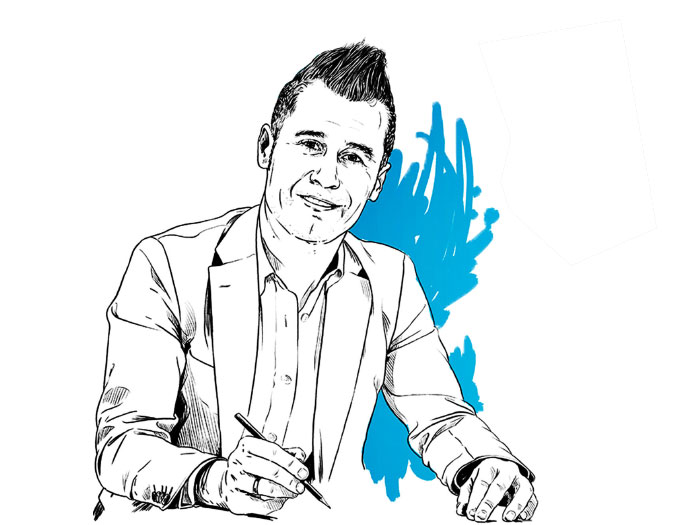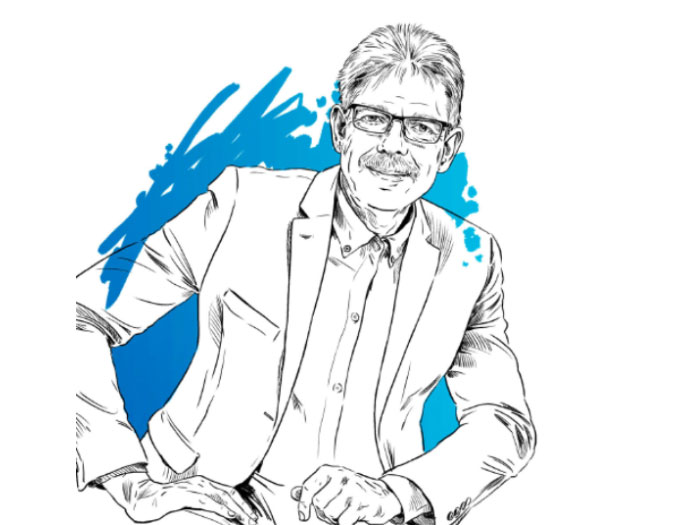Volkswagen ID.3: the genesis of the design, and its challenges
What’s involved in designing and developing an electric car from scratch, taking on challenges never faced before? Here are the experiences of two specialists who worked on the development of the ID.3.
The MEB platform meant new possibilities for developers and designers working on the Volkswagen ID.3. Despite a very tight schedule, everyone involved in the planning was able to give free rein to their creativity, starting from a blank sheet of paper and talking through their ideas. Different ways of thinking – sometimes very intense and controversial – along with the freedom to rework every single detail led to a truly original result.
“We succeeded in creating unique proportions and achieving a pure design”, says Marco Pavone, head of exterior design at Volkswagen. “We had to build a data control model made from Ureol as well as two design experience vehicles (DEV) for Sales as a teaser. It wasn’t easy, there was constant dialogue between colleagues in Design and Sales, but in the end we achieved a great result”, continues Peter Krause, who works in the team responsible for producing special vehicles.
One step ahead

The Volkswagen ID.3 has the potential to make a significant breakthrough in electric mobility – and its aim is to make it accessible to everyone. Marco Pavone understood that potential when he saw it in its entirety for the first time in his studio: “It possesses a strong character, almost like a sculpture, and has very clear, fine lines. I hope it will spark a feeling of ‘love at first sight’ among most customers”.
Ultimately – for all the rationality and discussion around green mobility – emotionality is the most important aspect of all when it comes to a car that has to capture people’s hearts, particularly in a phase of such radical
Open space
For Krause, successfully creating a visually and technically attractive and yet affordable electric car is one of the project’s key aspects: “Comprehensive connectivity, the interior space, and the large displays were all new elements we had to manage and, in part, integrate with existing structures. It was a challenge for us, but I think we’ve taken a huge step forward”.
Without a doubt, spaciousness is central to the Volkswagen ID.3. As opposed to the past, it was designed from the inside out – instead of from the outside in – using an ‘open space architecture.’ This resulted in an interior with the kind of space normally only seen in conventional combustion-powered vehicles in a higher class.
Even though this is not a technology that features in the car as such, this kind of approach nevertheless makes it possible to significantly improve the economy of space. Comprehensive connectivity, a cosy, open space, large displays and suitability for everyday use were all essentials. Reconciling these ‘new’ demands with proven structures was a challenge, and required innovative thinking, processes and technologies.
Challenges to overcome

The biggest challenge for the designers involved was making sure that the ID.3 didn’t look like a combustion-powered car. The result speaks for itself: the wheels are much bigger, with longer wheelbases and much shorter overhangs, giving it a very distinctive look, as well as a very spacious interior.
“We have created something that is visually very different to a conventionally powered car”, explains Pavone. This very complex process called for different departments to collaborate and requirements from several teams to be taken into account. The model was adapted during a series of revision loops, until the final version was reached. “Our challenge ultimately only came to an end when Klaus Bischoff (Volkswagen Chief Designer) personally carried out the final inspection and gave his approval,” recalls Krause.
Making history
Developing the ID.3 has been a different process than others – it was about expressing a vision and not just creating a new model. “I have been working at Volkswagen for over 20 years, but this is the first time I have had the opportunity to usher in a new era and thus be a part of the company’s history. The feeling of designing a car that customers will, for the first time, see in a different light is indescribable”, says Pavone. And, like Pavone, Krause emphasises the commitment of all the team members working on the project: “During the project, we as a team realised that we could all rely on each other. We were extremely strong mentally because we wanted to create something exceptional. Everyone gave their all – ‘good’ wasn’t good enough for my team”.
Points of pride
Every project throws up especially tough challenges, ones which require even more effort than usual to overcome and are worth remembering. “I’m particularly proud of the two displays in the interior and the steering wheel with its extravagant but ergonomic and functional design,” Pavone concludes.
And Krause remarks: “I’m very happy with the way we managed to combine manual work on the model with digital computer simulations. This meant we were both fast and precise”.
Source: Volkswagen
